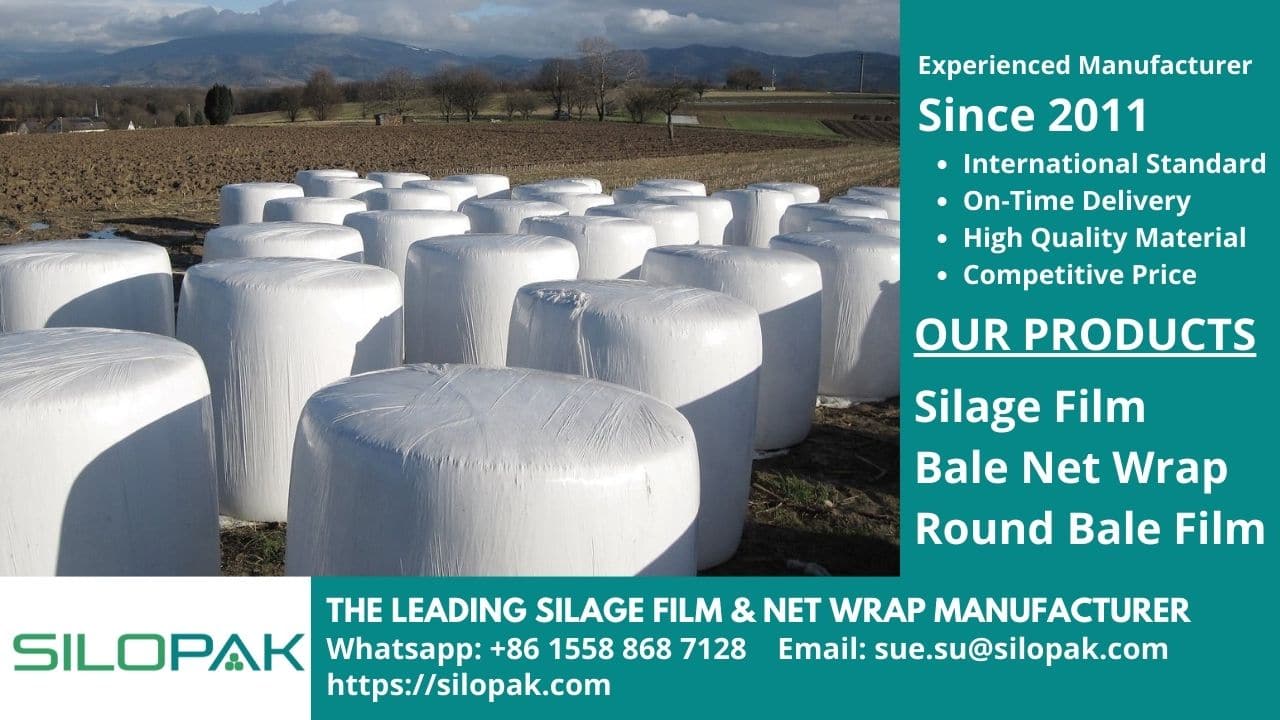
Processing alternative materials other than natural forage for livestock has various reasons. For example, limited feedstocks in certain seasons or the need for better nutrition. Many types of alternative feed are popular, one of which is Lucerne. Even though it looks simple, the process from planting to being ready for consumption has to go through many phases with lots of difficulties. Then what is the process of planting and how often do you cut Lucerne? This guide will probably answer some of the most frequently asked questions.
Is There Any Key on How Often Do You Cut Lucerne?
Before starting the harvesting process, a grower should make sure how his plants are growing. Also, check how the quality is before seeing the results. There are keys or instructions that you can follow to get good-quality Lucerne crops.
- To obtain the best quality Lucerne cuttings, do them early in the season. The sign that the plant is ready for harvest is the height of the stem 30-40 cm.
- Don’t cut the entire stem, leaving between 7 and 10 cm. This method can also encourage the plant to grow again even more quickly to be ready for cutting in the following session.
- Leave it for about 30 or 45 days to allow the stems to grow to 40 cm. After this period, the plants will flower once, although not completely, only up to 50% of the total.
- The stems with the flowers are then cut off, the crop at this stage is of lower quality. But after that, you can get high-quality feed by giving it 30 or 45 days, the process for cutting height should stay at 30-40 cm.
Why is the recommended cut height between 30 and 40 cm? The reason is, the ideal cutting height will produce good quality feed. If it is lower, of course, the quality will be better although other sides are less profitable, for example, the yield will be less while the cost of harvesting will increase.
Preferably, do not cut more than 40 cm because the quality will be reduced. The reason is that the number of leaves will decrease but there will be more stems which means more fiber will be processed.
For maximum durability, pay attention to the planting period. Let the plant flower at half its maximum at least once a year. Generally, this will happen in January or early February at the latest. In this season, the flowers will bloom faster but the stems will be shorter. This is because the temperature increases along with the intensity of sunlight every day. The effect of Lucerne being planted is that it can store more carbohydrate reserves in its roots. This will help him survive the winter and spring.

Lucerne Treatment After the Cutting Process
At the cutting or harvesting stage of lucerne, various methods can be used. For example, the most popular is using a cutting machine. You can follow the guides about when is the right period to start.
After being cut, Lucerne will be left in a windrow area, for just 3-4 hours. Avoid the lucerne getting very dry, let it be wilted. Indirectly, this process will help reduce the risk of decay due to growing the fungus.
After that, Lucerne needs to dry for at least 2 or up to 4 days. Usually, once dry the lucerne can be balled up and removed from the ground. With a special machine called a crimper, lucerne will dry faster and prevent mold from growing. So the risk of lucerne failing the process is less. This machine can also hold lucerne leaves from falling off the stems.
Then, what things need to be considered during this process?
- Water content and temperature stability are two main factors.
- There is also a dormancy factor, where this dormancy is a reaction to certain physical or environmental conditions.
- Consider the cutting schedule. Each area where lucerne is planted may have a special time that is different from other areas.
So, how often do you cut lucerne? Lucerne with optimal irrigation can be mowed 2 to 12 times per season. Although this still depends on other factors such as dormancy. As for maximum results, the schedule can be adjusted based on stem growth, stable cutting time intervals, and lucerne growth stages.
In some areas, the range of cutting alfalfa varies widely from 21 days to 28 days, 35, or even 42 days. At most in a year, there will be 6 times the cutting of Lucerne. However, the ideal cutting span recommendation is 35 days. It also impacts the annual yield. More frequent cutting will increase the value of forage fiber but the digestibility of the fiber will be higher.
General indicators serve as a guide for how often do you cut lucerne, such as the stage of its growth. While the results and quality depend on many criteria. Seasonal and geographical conditions also affect yield and quality. However, maximizing the quality and quantity of lucerne harvested and then storing is critical to meeting animal feed requirements given the changing seasons and the availability of green fodder throughout the year.
